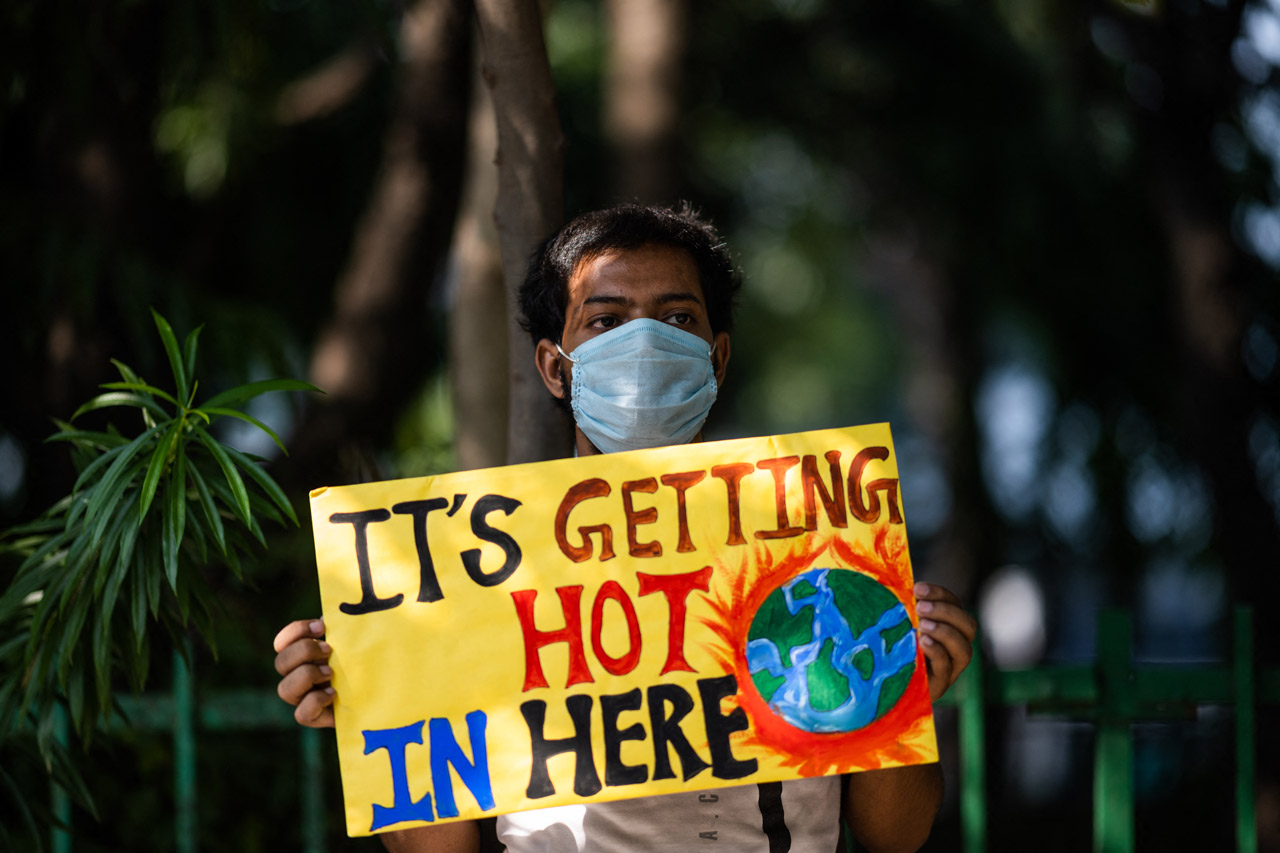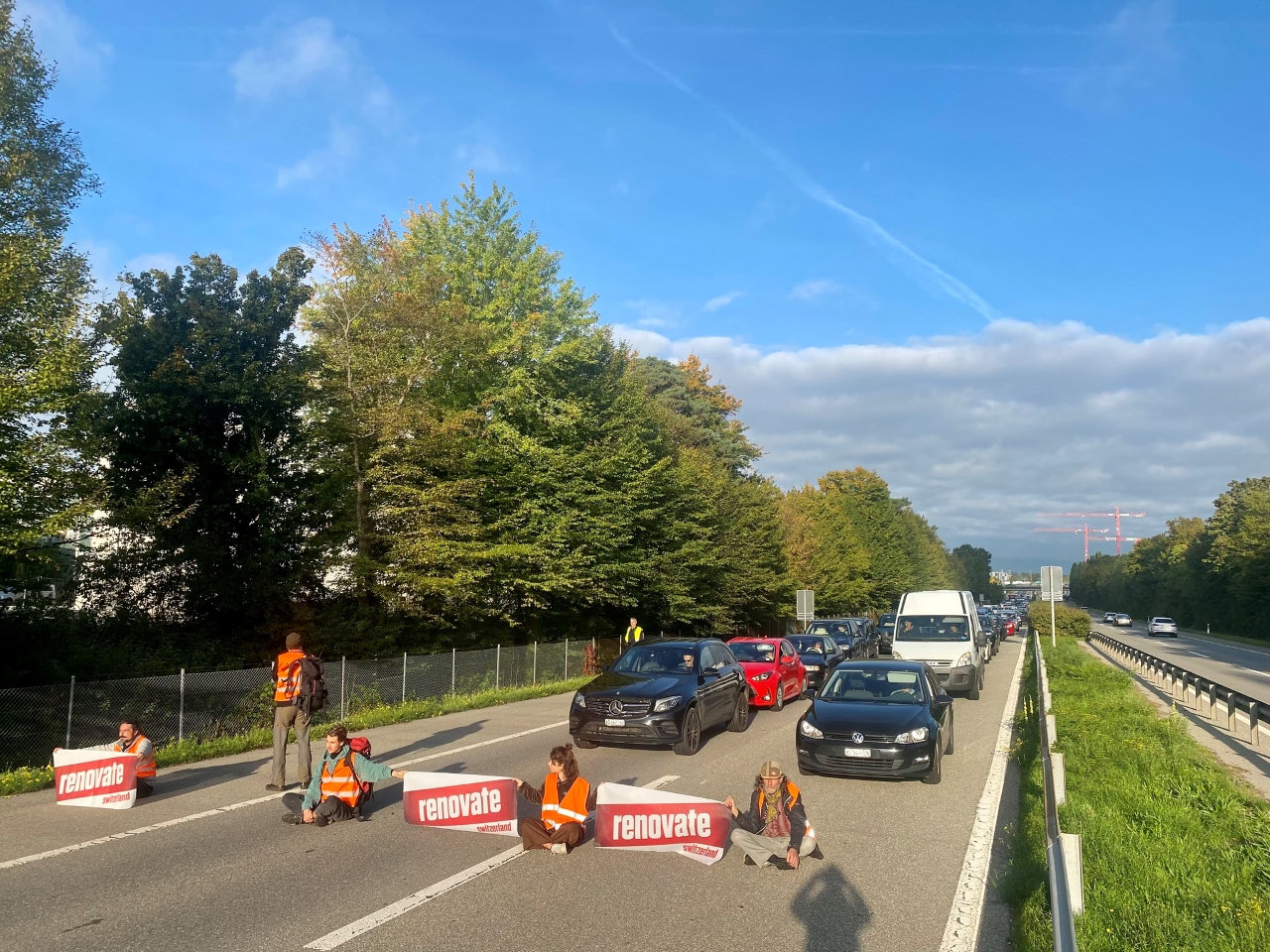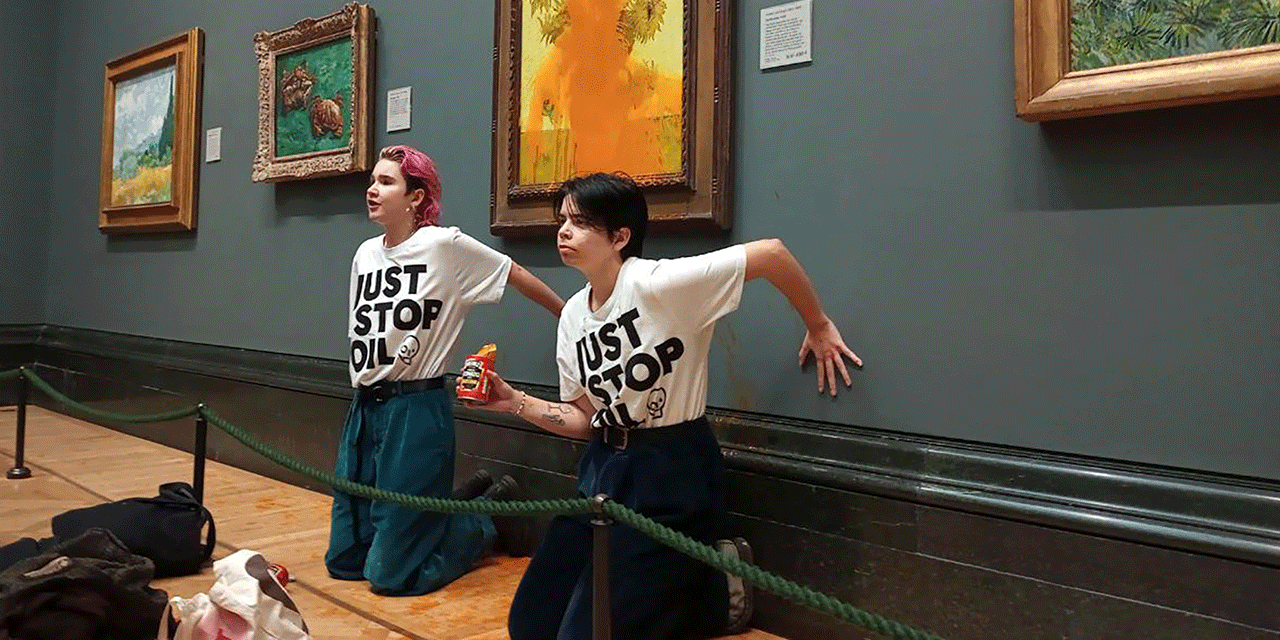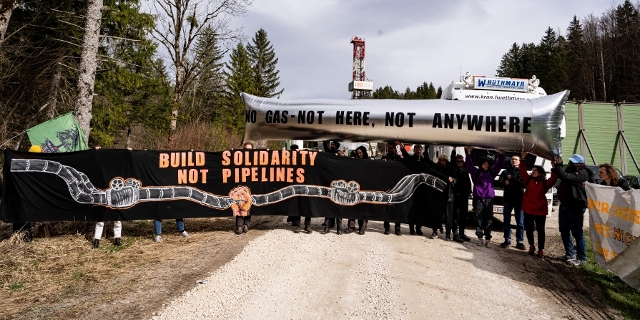Getting DWUNC for the Climate
It was a protest that caused a lot of head-scratching. On Friday, two activists from the UK group Just Stop Oil threw two tins of tomato soup over Van Gogh’s famous sunflowers painting. “Are you more concerned about the protection of a painting or the protection of the planet?” they shouted.
It is an absurd question, of course. You can care about art and care about the planet. Although ultimately Van Gogh’s painting was not damaged, many people who are generally supportive of more urgent action on climate change were horrified at the action. Was this an exercise in losing friends and alienating people?
Yet, hang on, we are talking about it, aren’t we? Just as we are talking more about insulation since activists started gluing themselves to Europe’s motorways.
So maybe provocation leads to progress?
W.U.N.C.
As you can probably tell, I have more questions than answers, so I turned to Ruud Wouters who is a researcher in Media, Movements & Politics, University of Antwerp, Belgium. He studied protests and what makes them powerful or weak, successful or unsuccessful. Indeed, there is a scientific formula – an acronym, that provides a sort of recipe for effective protest. It is W.U.N.C.
Give me a W
The W, explains Ruud, stands for worthiness. “Worthiness is about their behaviour. The most important factor here is that they do not engage in very disruptive behaviour.”
Give me a U
“U stands for unity. This basically means that the message of the demonstrators needs to be clear. It needs to be sharp. They need to be unified,” explains Ruud. “There cannot be conflict within the movement about the aims they want to achieve.”
Give me an N
“N is for numbers, and that’s probably the most straightforward aspect. It’s about the turnout of demonstrations. So, basically, demonstrations need to show that they are with many.”
Interestingly, adds Ruud, this is the aspect that matters most to politicians, his studies and experiments have shown that members of the public tend to point to the worthiness of the protest, but politicians care most about the numbers involved. Well of course they would, numbers suggest votes.
Give me a C
“C stands for commitment. And they show this by, for instance, participating at high costs. Or in rainy weather or they braved the risk of being arrested or something.”
Change rarely comes suddenly, you have to show perseverence, patience and a willingness for sacrifice.
Give me a D - D.W.U.N.C.
Ruud and some of his colleagues have added a D, so it is no longer WUNC but rather DWUNC.
“The D stands for diversity. That means the people who participate in the protest are not only the usual suspects,” the researcher explains. "For instance, in a march for women’s rights it is powerful when men walk alongside them or when young people join a protest about the rights of pensioners.”
That strikes me as true. Fridays for Future became more powerful when the school strikers were joined by Parents for Future, Teachers For Future and Scientists for Future.
Low on Worthiness, High on Commitment
But how does Ruud rate the DWUNC-ness of the Just Stop Oil Protesters who threw tomato soup at the Van Gogh painting in London?
I am imagining they lost some points on W for “worthiness”?
True, says Ruud but they deserve points for commitment, going through with the protests although they must have known they’d be arrested and fined.
They showed unity, of course, but in a duo that is hardly surprising.
But ultimately, Ruud adds, the protest was probably a success because a few days on we are still discussing it.
“Generally, I think this is really an action that was seeking to raise the attention of the climate change problem rather than to get people on their side. And I think it was successful in the sense that we are all still talking about it.”
Two Paths, One Goal
And that is perhaps the ultimate point. The proof of the pudding is in its tasting.
It doesn’t matter if we approve of protests, or particularly like or admire the protesters, it matters if it results in societal change.

APA/AFP/Jewel SAMAD
In this way, it seems to be, there is a “Good Cop, Bad Cop” dynamic in the current youthful climate movement.
Their aim is to draw attention to the need for urgent climate action and their diverging tactics ultimately complement each other:
Good Cop, Bad Cop
The “Good Cop” role is played by Fridays For Future. We empathize with the generally polite and wholesome Fridays For Future protesters.
They score points for the “worthiness” of their cause and, of course through their “numbers” and “commitment” and “diversity” but, on busy news days, it is easy for the media to ignore the climate strikes.
The “Bad Cop” role is played by Extinction Rebellion, who caused consternation by blocking public transport in what seemed to be a counter-productive action, and Just Stop Oil with their culture vandalism. There are harder to stomach, but hard to ignore.

Renovate Switzerland
Bias and Prejudice
It is probably pointless to try and win everyone over anyway. We carry our own preconceived biases when we watch a protest. A recent study published in Political Communication shows how different groups react in scarily different ways to the same footage.
A group of US Republicans and Democrats were shown a video of a peaceful Black Lives Matter demonstration. The researchers asked them what they had remembered seeing. For the Democrats it was, indeed, a completely peaceful clip. But some of the Republican respondents told the researchers they had seen a violent demonstration, recalling footage that simply didn’t exist: broken windows and damaged cars.
It seems that they were not lying to the scientists but because they associate these demonstrators with violence, their unfair preconceptions affected their recollection of what they saw.
Getting Talked About Matters
The lesson seems to be to accept that some groups will never like you or empathise with your “worthiness” but numbers and commitment can win the day, and although, ultimately, we can only judge the power of a protest with hindsight, it is important for the protest movements to see the ripples they are causing.
They need to be talked about to sustain their energy.
“Social change in general, hitting your goals is a long-term process,” says Ruud. “But I think it is also important for social movements to have these short or mid-term victories. They need moments that they really feel that they are agents of social change and that they can deliver something. And I think that making the news and having politicians or opinion makers or opinion leaders talking about your subject is really something that can encourage the movements to continue with their struggle.”
More FM4 Klimanews
Publiziert am 17.10.2022




















